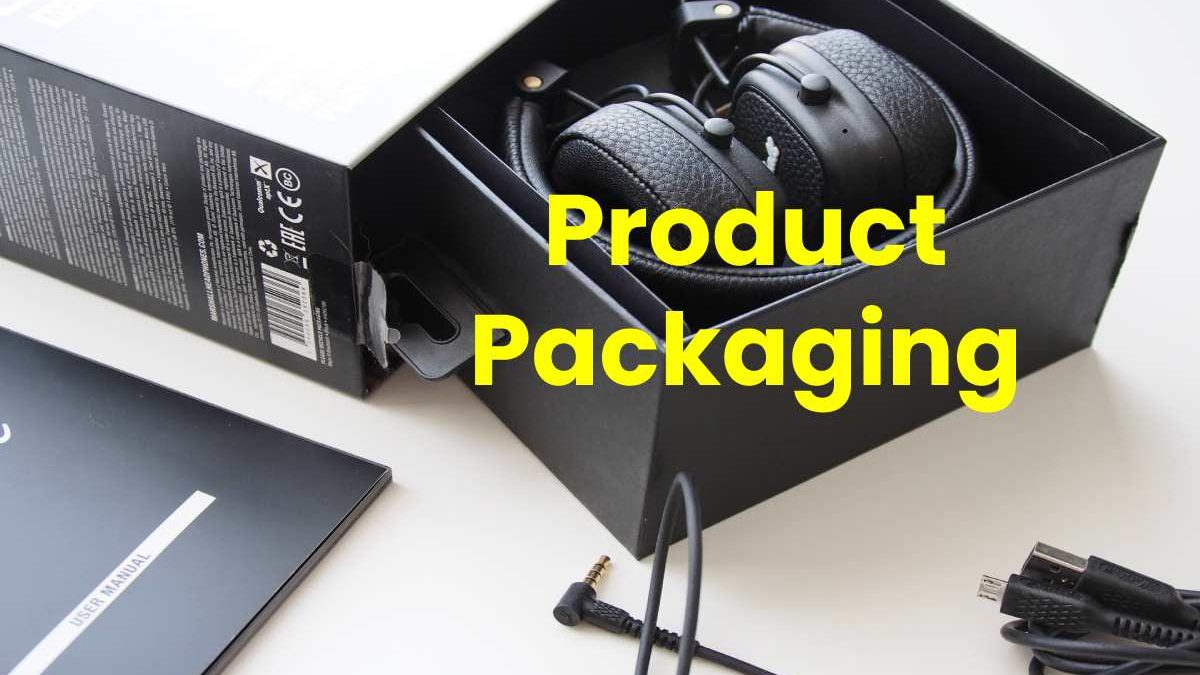Table of Contents
How to Improve the Packaging of a Product?
Applying the four pillars of product packaging ensures that shipments arrive in perfect condition and make a good impression, say, packaging experts.
Currently, firms have developed various ways for their products to stand out from the competition. Presenting it has become fundamental since it has to be attractive, attract attention and make you want to get it.
It has led to the search for forms of packaging used for transport and structure part of a marketing and sales strategy. Packaging experts believe that companies must comply with the four pillars of packaging so that shipments arrive in perfect condition and make a great impression that allows companies to increase their profits.
The Four Pillars of Product Packaging
The first thing to do is make sure that the packaging is adequate. For this, there is a list of guidelines that any packaging must meet:
- Select quality packaging. Indeed, it will probably be thrown away when the product is removed, but poor quality puts what it contains at risk. And there is nothing worse than the fact that someone receives their order with damage to save a few pesos on packaging material.
- The package must be adequate concerning the size of the content. A box that is too large may be able to fill with more items, but there is also a higher risk of breaking or crushing them.
- Take care of the seal. Once the products have been placed in their packaging, they must be sealed correctly. It is usual to close with tape, although it may be necessary to reinforce the seal in other ways, especially if it is heavy.
- Label correctly. If something does not have proper labelling, it is normal not to reach its destination. Therefore, the origin and destination data must be very clear if a product is sent somewhere. The labels must be placed in a visible and protected way so as not to come off.
It may interest you: The importance of packing and packaging in export
Use of Packaging as a Promotional Element

A simple cardboard box can fulfil its purpose, but it means losing a unique opportunity to publicize the product and its brand.
One option could be to choose personalized cardboard boxes, which will give the brand a greater presence. It is a very economical and effective marketing technique since it turns the brand logo into something every day, engraved in the consumer’s mind and increases the chances of getting new customers or retaining those who already have the product.
Cardboard boxes can also be used to attract customer attention. In-store windows, a box decorated with eye-catching patterns and bright colors can mean the difference between walking past or taking the product.
How to Improve your Packaging Process at each Stage?
When sending a product, the main objective is that its packaging is safe and effective to protect it until its final destination. But packaging affects many more aspects, in addition to safety.
Growth, revenue, and cost reduction are closely tied to the way products are packaged, palletized, crated, and shipped. Therefore, while the packaging must meet quality and safety standards, the efficiency with which your company manages the packaging process is crucial for your business.
Packaging process inefficiencies often lead to multiple problems that can quickly add up. Here are some ideas on how to improve your packaging process.
1. Reduction of Packaging and use of Ecological Materials
The first rule for sustainability is to reduce. Thanks to developments in new materials and processes, it is possible to minimize material use without losing performance.
Such as new sustainable materials created to replace single-use plastic bottles and containers, such as bioplastics, which use plants as raw material instead of oil. These innovations are more present in primary and secondary packaging, with tertiary packaging being the one that progresses more slowly.
That is why more and more companies are seeing the advantages of optimizing their packaging process to reduce waste, reduce their carbon footprint and, in turn, reduce costs. Companies subject their packaging to transport simulation tests and material resistance tests to obtain the most appropriate packaging for their product and its distribution cycle.
2. Keep a Comprehensive Approach when Designing your Package
It is common for many companies to leave the design and selection of packaging materials at the end of the process. It is crucial to think about packaging at the beginning of the creation process, both the product to be transported and the packaging itself.
To do this, gather your packaging requirements in a list and consider them at the beginning of the creation process. Also, consider the necessary materials and their performance; Will they withstand your distribution cycle? Are they profitable? Will it protect your product without overpacking? Also, consider your distribution cycle: does your product need to remain transported? By what means of transport? How will the storage be? These are some considerations that should be considered in the design process.
3. Consider Automating your Production Line
Sometimes the problem lies not only in poor packaging design but also in its production line. Some of the hidden costs of manual packaging equipment are:
- Lower productivity rates
- Inconsistent packaging results in excessive use of material. Manual packaging tends to produce much more waste.
- Damage Increase
- High labor costs
- Risk to employees caused by repetitive motion and strain injuries.
In some cases, the solution is atomizing the packaging or Packaging Automation in English terms. In other words, creating the packaging or packaging of a product is carried out without human assistance and can range from individual equipment to simple processes or complete packaging lines. These processes can be as simple as forming and sealing cartons on fully automated packaging lines that pack, stack, and unitize entire pallets of products. Automated packaging machines provide smart workflows and eliminate redundant tasks, allowing you to do more with less.
Implementing certain packaging machines, such as case erectors, conveyors, palletizers, or semi-automatic wrappers, can increase your packaging efficiency and reduce costs through reduced waste and damage.
4. Maintenance Program
Once the production line creates, it is important to define an efficient inspection and maintenance program. Preventive maintenance ensures the longevity and reliability of your line. Along with the inspection schedule, consider creating a protocol for reporting errors. And an inventory of the parts that wear out the fastest. Having them on hand can significantly reduce downtime on your line, and performing regular preventative maintenance can help you identify these problems before they become an emergency.
5. Evaluate Metrics and Performance
Without knowing how long it takes to pack, palletize or pack the goods. It will stay impossible to make any improvements. You must keep a careful record of how long the packaging process takes. It can also help identify areas that need extra attention and help.
Recording and monitoring metrics will help reduce waste and damaged products during the production process. It is important for understanding the process and can also help you identify the cause of the damage and remedy it more quickly.
Simple packaging designs and handling procedures can often improve damage rates. This critical step will allow your company to avoid the many consequences of damaged products, customer dissatisfaction and claims.
Related searches
However, product packaging bags
product packaging boxes
It product packaging ideas
product packaging software
product packaging design templates
It product packaging job
product packaging examples
product packaging experts
Also Read: What is Product Management? – Continuation, Function, Types and More

